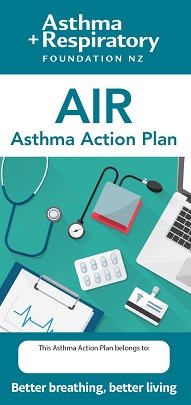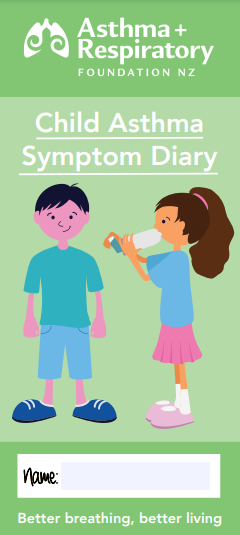If you're using Symbicort for asthma, it can be used as a preventer and/or a reliever.
Reliever: Use 1 inhalation when needed for shortness of breath.
- You can repeat as required, up to a maximum of 12 inhalations in 1 day.
- If you need to take more and more doses each day, see your healthcare provider to assess your treatment.
- A reliever treats the immediate symptoms of asthma such as tightened airways. It starts to work in a few minutes.
- Note: the high dose 400/12 mcg strength Symbicort can't be used as a reliever.
Preventer: The usual dose is 1 to 2 inhalations every day, once or twice daily. The dose of Symbicort will be different for different people depending on the severity of your symptoms and the strength of your turbuhaler.
- A preventer helps to reduce the risk of asthma attacks, by making your airways less sensitive to triggers and reducing inflammation and swelling in your airways.
Read more about medicines used to manage asthma.
Mild asthma
If you have mild asthma, you can use one dose of Symbicort as a reliever when needed for shortness of breath, without needing to use it regularly. This is called AIR therapy (anti-inflammatory reliever therapy).
Moderate to severe asthma
If you have moderate to severe asthma, you can use your Symbicort as both a preventer and also as a reliever. This is called SMART (which stands for single maintenance and reliever therapy). This means that you use your Symbicort regularly each day for symptom prevention, and also when needed for symptom relief. Read more about the SMART action plan(external link).



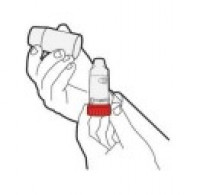
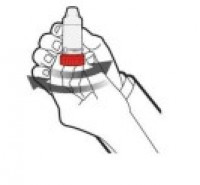
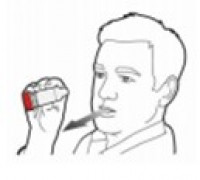
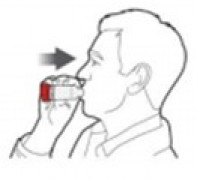
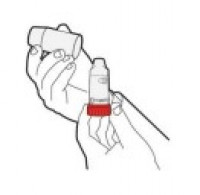
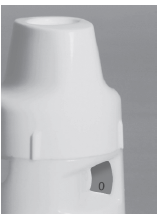 There's a window under the mouthpiece on the outside of the Turbuhaler called a dose indicator. The inhaler is empty when the '0' on the red background has reached the middle of the window.
There's a window under the mouthpiece on the outside of the Turbuhaler called a dose indicator. The inhaler is empty when the '0' on the red background has reached the middle of the window.